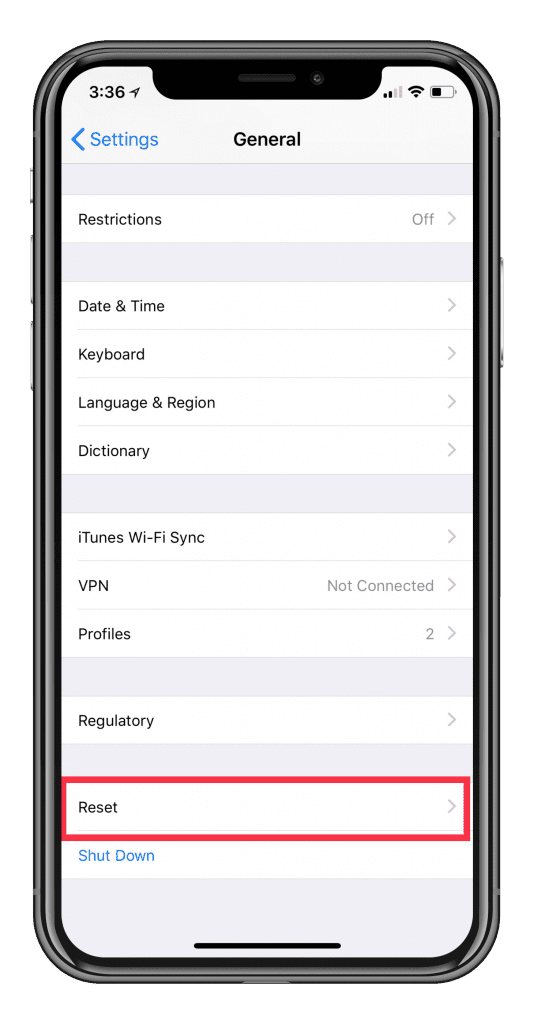

You may find that the above walkthrough only provides a temporary fix, and that the bug returns before too long. Step 7: If all went according to plan, you Apple ID settings should now be updated. Step 6: Finally, if you have an iPhone or iPad, you may be asked for its password. When it does, you’ll be prompted for your Mac password. Step 5: Wait a few seconds - the next window can take a little while to appear. Step 4: In the next window, enter your Apple ID password and click OK. Step 3: A window will appear telling you that “some account services will not be available until you sign in again.” Click Continue. Step 2: You’ll see a yellow warning triangle with “Update Apple ID Settings” next to it. Step 1: Open System Preferences, click Apple ID, then click Overview in the left-hand column. If it doesn’t work, try the steps further down this article. You may find this works for you, and it’s always worth trying first. When you first see this bug, Apple will tell you to follow its on-screen instructions to fix it. We’ll take you through them in this article, and you should have this bug fixed sooner rather than later. But don’t fear, as all of the steps are easy to follow and aren’t particularly taxing. Thankfully, there are a few things you can try, ranging from the simple (sign out of iCloud) to the slightly more complex (remove corrupted Keychain items). If you continue to encounter problems with Messages not working on your Mac, you may want to reach out to Apple’s tech support to see if they can offer you a more detailed fix. There’s a lot going on within the app that cannot be touched by the user, and there’s a lot that relies on Apple’s own servers. These tips will help you fix the Mac Messages not working issue for devices operating on macOS Big Sur and later. Which Versions of macOS Will These Messages Tips Help? In the “Blocked” tab, add the contact’s name or iMessage address to the block list. You can go to “Preferences” under the “Messages” menu in the Messages app. To sync the messages you receive on your Mac with your iPhone, you’ll need to ensure you’re signed in with the same Apple ID, then go to “Settings -> Messages -> Text Messaging Forwarding.” Grant permission for your Mac to receive messages, verify everything, and you should be good to go. Click on the “iMessage” section, which is accessible from the symbol at the top of the screen.Ĭlick on an option opposite your Apple ID titled “Sign Out.”įrequently Asked Questions How Do You Sync Mac Messages With iPhone? To sign out of the Messages app, click on “Messages” in the top of the window and go to “Preferences.” These settings control the connection between the Messages app and your messaging data associated with your Apple ID, phone number, and iCloud. If the Messages app on your Mac is still not working, signing out and back in may fix the problem.
CHANGED APPLE ID PASSWORD AND MESSAGES ON MAC NOT WORKING HOW TO
If you’ve checked, and the Messages app is active, follow the steps below to fix the problem on your Mac.Īlso read: How to Use iMessage on Android and Windows Sign Out of Messages App and Back In While the Messages app rarely goes out, confirming that it’s active is important before you start troubleshooting a problem you cannot fix.

You should also check for a system-wide outage on Apple’s System Status page. Have you restarted your Mac? Are you sure you have an Internet connection? The Obvious Fixes for Messages Not Working on Macīefore you try any of these more detailed fixes, make sure you’ve done the basics first.


 0 kommentar(er)
0 kommentar(er)
